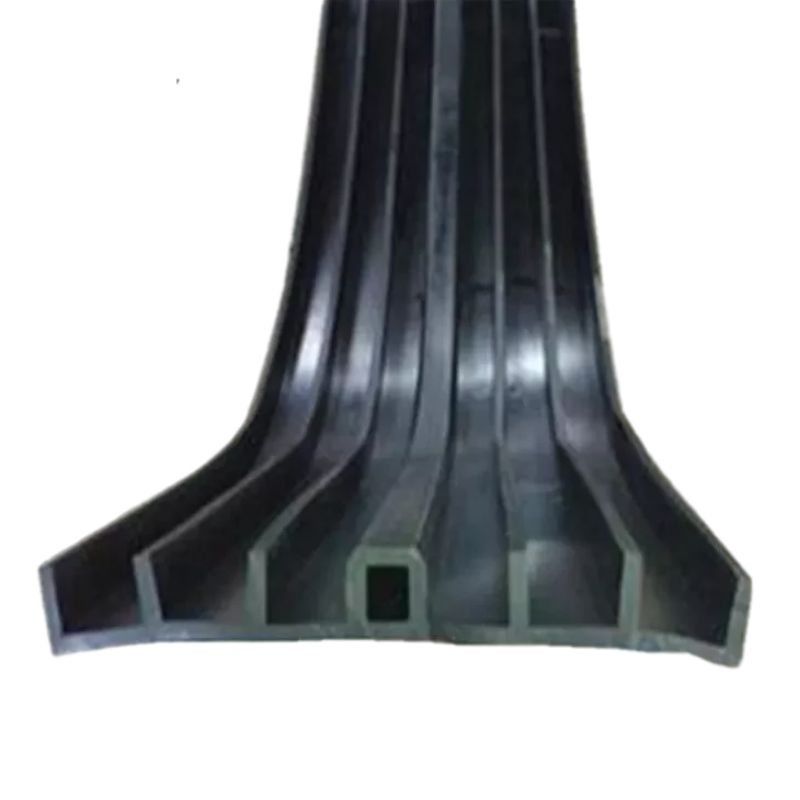Enhancing Concrete Durability with Rubber Waterstop Technology
Concrete is a widely used construction material due to its strength and durability. However, it is easily damaged by water penetration, which can weaken the structure over time. To solve this problem, engineers and builders have turned to innovative solutions like rubber waterstops to increase the durability of concrete structures.
Concrete rubber waterstops are materials specifically designed to prevent water from passing through the joints of concrete structures. They are typically made from high-quality rubber compounds that offer excellent resistance to water, chemicals, and aging. These waterstops are installed in concrete joints to form an effective barrier against water and other harmful substances, thus protecting the integrity of the structure.
One of the main benefits of using rubber waterstop for concrete construction is the ability to increase the durability of the concrete. By preventing water penetration, these waterstops help mitigate the risk of steel reinforcement corrosion within the concrete, which can compromise the structural integrity of the building. Additionally, they can help extend the overall lifespan of your concrete by reducing the likelihood of cracking and deterioration due to water damage.
In addition to enhanced durability, rubber waterstops offer greater flexibility and ease of installation compared to traditional concrete joint sealing methods. Their flexibility allows them to adapt to movement and settlement in concrete, ensuring a safe and reliable seal over the long term. Additionally, they are easy to install, making them a cost-effective solution for achieving waterproof concrete structures without the need for complex and time-consuming installation processes.
The use of rubber waterstop for concrete construction is particularly beneficial in applications where waterproofing is critical, such as basements, tunnels, water treatment plants and other underground structures. By effectively sealing concrete joints, these waterstops help create a waterproof barrier that protects interior spaces from water intrusion, thereby maintaining the structural integrity and functionality of the building.
Additionally, rubber waterstops can extend the life of concrete structures, thereby contributing to sustainable building practices. They help minimize the environmental impacts associated with the life cycle of concrete buildings by reducing the risk of flooding and the need for costly repairs and maintenance. This is consistent with the growing emphasis on sustainable and resilient building practices that prioritize the long-term performance and durability of structures.
In summary, the use of rubber waterstop technology in concrete construction has significant advantages in improving the durability and lifespan of concrete structures. Rubber waterstops play a vital role in protecting concrete integrity and reducing the risk of deterioration by effectively sealing concrete joints and preventing water from penetrating. Their flexibility, ease of installation and contribution to sustainable building practices make them a valuable solution for achieving waterproof and durable concrete structures. As the construction industry continues to prioritize resiliency and longevity, the adoption of rubber waterstop technology will play a key role in ensuring the durability of concrete structures for years to come.
